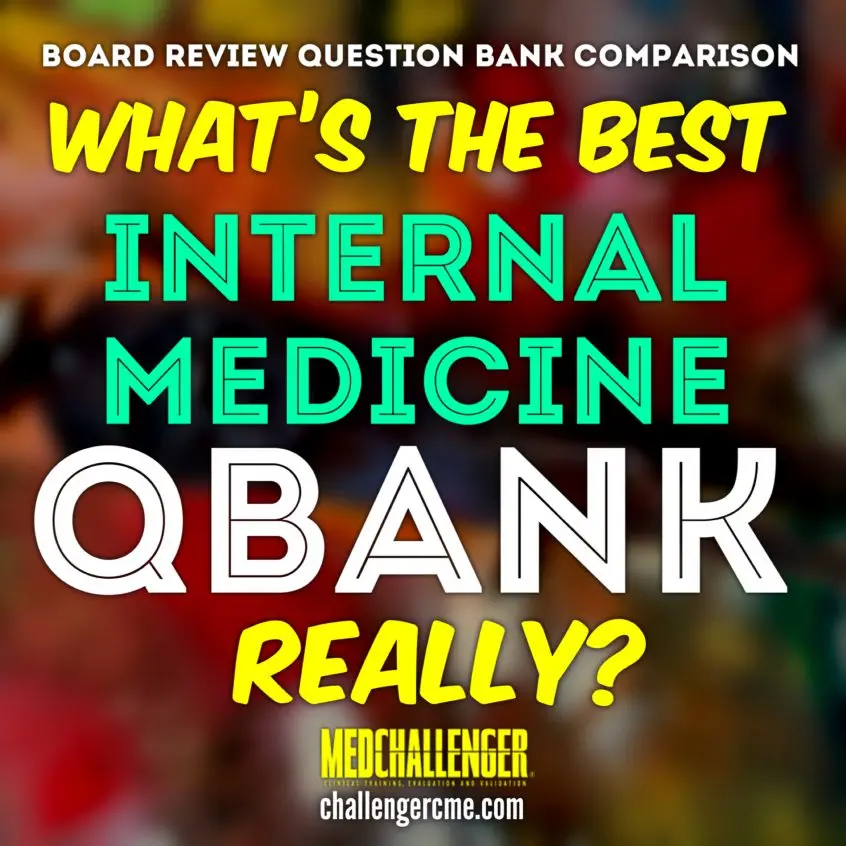The Battle Over Scope of Practice - Medical News Brief
The Affordable Care Act didn’t create the scope of practice issues, but it certainly accelerated them by changing the nature of employment for most physicians. The arguments over scope and practice are the product of financial pressure in healthcare systems, ever-expanding knowledge requirements, sub-specialization of medicine, staff shortages, and even COVID protocols the past couple of years.
With New York and Kansas granting practice authority for NP’s, as of April 2022 that’s 25 states to do so.
Clinical Advisor – NPs Granted Full Practice Authority in New York
Growth rates for physicians in practice, at least according to the Bureau of Labor Statistics, are less than 1% a year. That’s a near static rate, with active physicians per 10,000 people in the United States stuck at 29 for a decade now. On the nurse practitioner side, there are now 140,000 NP’s employed, and the growth rate for the professional exceeds 5%.
Nurse.com – Nurse Practitioners Are Primed to Help Bridge Physician Shortage
Those figures have prompted some projections about what healthcare in the US will transform into, as well as concerns about those transformations. One of the best summaries we’ve seen is in the Michigan State Medical Society’s The Future of Medicine 2022:
MSMS – Michigan Medicine – The Future of Medicine 2022
Their research concluded that the development of new technology, such as universal online medical records and AI-driven assistance in data management, would allow for doctors to focus more on the individual patient and less on tedious and onerous bureaucracy. The future of medicine lies not in just treating illness, but treating the community and the social factors that engender illness - household smoking, food deserts, pollution and poverty. Medicine needs to become multidisciplinary and cross-sector, coordinating with philanthropists, politicians, and the like to address health issues at their root, not at their manifestation.
One problem that "The Future of Medicine 2022" identified but offered no solution for was that of 'the payer' - doctors fighting to justify necessary medical procedures, procedures that might save their patients' lives, to the organizations that would be paying for them. This, the article holds, is the source of much of the inefficiencies in medicine, and something that urgently needs a fix. What that fix may look like, the article does not quite say - and for good reason! The fight over health insurance and who pays for healthcare in America has dominated political cycles for years, and does not look like it will come to an easy solution any time soon.
The following MSMS article "What Health Care Will Look Like In 2032", written by Dr. Richard Anderson of The Doctors Company, identified more concrete and immediate issues and predictions. Dominant amongst them are the secondary effects of the pandemic: lingering COVID symptoms, gaps in care from the shutdown having to be addressed, diagnoses that might have been missed and emergency restructuring being reviewed in these future, post-pandemic times. Healthcare costs are rising without any correllating "better health outcomes." As with the previous article, Dr. Anderson attributes this to the glut of bureaucracy and overly complex, byzantine payment structure of the current American healthcare system. He says that as private practices struggle to bridge the gap between themselves so that patients get a wholistic, coordinated plan of care across specialties, large corporations such as Walmart, Amazon, Walgreens and CVS are working to create their own lines of healthcare providers and clinics. While these massive organizations might be able to revolutionize the field in ways that small, individual practices cannot - Walmart, for instance, is developing its own affordable, private-label version of analog insulin - they can also stand to crush their smaller and more specialized competitors.
The field of nursing will continue to boom, taking over the market of primary care. Smart watches and other personal healthcare devices will see further investment and expansion, and with that we will see reams of health data of a magnitude that boggles the mind. AI will be developed to manage, parse, and structure this data. Will AI replace doctors? No, likely not. Will carve out its place in healthcare? Certainly - and soon.
Dr. Anderson hopes, to conclude his article, that this will ease rates of physician burnout, which spiked in the onset of the pandemic - these predictions coalescing to form a halcyon future where doctors are free to do what doctors ought to be doing.
And a variety of responses to the prognostications, from individuals and from organizations:
MSMS – In Response: What Health Care Will Look Like in 2032
MSMS published a response to Dr. Anderson's article written by Dr. Leah Davis, where she took issue with his prediction that NPs and PAs would come to lead the medical field. To her view, as well as her references, physicians alone have the capability, education, and oversight to operate at the forefront of the medical field. She argued that, where accredited medical schools are held to stringent standards engendered by the past regulation and disarray of medical education, NP and PA schools had disparate curricula and, in certain cases, 100% acceptance rates. She expressed concern that this expansion of practice authority will lead to more expensive and lower-quality healthcare for the average American.
AMA – Why physician-led care teams are key to battling doctor shortage
JD Supra – Use of Non-Physician Healthcare Practitioners Expanding in California
Side issues in the scope of practice battles also include location and provision of care, with companies like Amazon, Walmart, and a bevy of telehealth startups still vying to move the physical presence of initial primary care.
Politico – Amazon’s telehealth gold rush
Fierce Healthcare - Amazon Care is shutting down at the end of 2022
The privilege that these mega-corporations enjoy - billions of dollars to throw at experimental ventures - means that they can make a variety of forays into the healthcare field without committing to any one in particular. Amazon's short-lived "Amazon Care" project was shut down due to a 'lack of long term viability', but it's unlikely that Amazon's given up on integrating telehealth with their Alexa systems or the greater Amazon family of businesses. This, of course, raises antitrust and privacy concerns. Though Amazon has sworn that Alexa recorded none of the conversations between customers and Teledoc, though it promises absolute respect for the consumer, it is at its core a data company, and digital healthcare promises a new, broad horizon of data collection.
PBS – Doctors oppose bill that would let pharmacists continue to vaccinate children after pandemic
The problem with competing with completely digital Telehealth firms is that it creates the same dynamic that tore up retail in the 1990’s and 2000’s – physical practices compete with digital companies that don’t have the same infrastructure cost. Except in this case, due to licensing, the physical locations can compete if they can structure reimbursement.
Jamestown Sun – Reimbursement rates may be a barrier to providing telehealth
No matter your program type or size, Med-Challenger Institutional Medical Education for Groups can help achieve your goals.
For personal medical education that includes board's prep, MOC, and CME requirements, Med-Challenger has you covered in Family Medicine, Emergency Medicine, Internal Medicine, Pediatrics, Pediatric Emergency Medicine, OBGYN, Urgent Care, Physician Assistants, and Nurse Practitioners!


